In a wide clearing in woodland in a county of southern England that shall remain unnamed, a very unusual property is being built from brick and wood. When complete in a couple of years’ time, a lost rambler who stumbles across it may think he has found an old country house dating from the early 18th century, perhaps even the late 17th. With its classical proportions and time-honoured elegance, the building could be mistaken for an unadvertised outpost of the National Trust, the ancestral home of minor gentry, or even the setting for Bridgerton or some other regency drama.
Yet this will be a thoroughly modern home, albeit one that embraces certain ancient methods to achieve its agenda: being as eco-friendly as possible. The owner, like most of those who commission properties of this size and price, does not welcome publicity, so much of it is shrouded in secrecy – but certain details of its design can be shared.
We know, for instance, that its frame will be built of timber sourced from the woods that enclose it. That the engineer advised against cutting and squaring up huge oak trunks to better preserve their strength – a technique not much seen for a few centuries. We know that the bricks and tiles will be quarried from local clay deposits, the resulting pit forming a deep lake set among the surrounding farmland, and that they will be fired on site in scrub-burning ovens – saving all the pollution from trucking them in. The foundations, too, dispense with the enormous volume of concrete usually used in modern construction (cement production alone accounting for 7 per cent of global CO2 emissions) and settle deep into the earth instead, like those of true 17th and 18th century palaces.
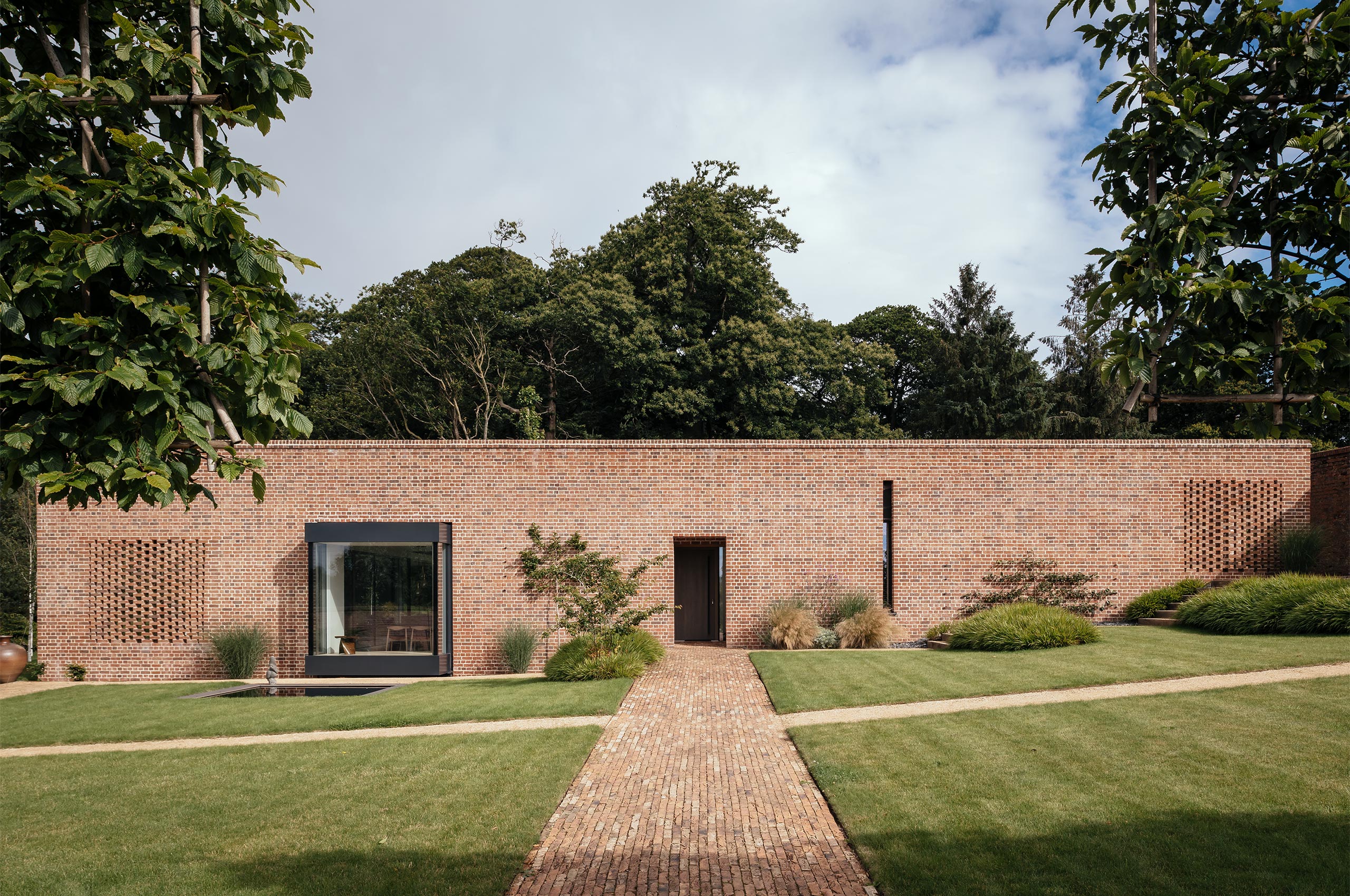
So far, so traditional. But then there’s the huge solar array that powers it all, completely concealed in a nearby field. And the efficient ground-source heat pump, which extracts warmth from the earth beneath. And the insulation: hemp, grown in another few acres. In short, it is the perfect blend of ancient and modern and has a carbon footprint so low it is approaching zero.
‘Traditional designs and solid materials like brick and stone are best – it doesn’t have to look like a shipping container to be sustainable’
‘It will be built almost entirely from the materials available at the site,’ the architect, Robert Adam, says. ‘Obviously we’re not mining lead or manufacturing glass, but otherwise that’s the case. There’s not much that needs to be brought in, thanks to some very good engineering, it’s self-sufficient in terms of power and heating, and it will last two centuries at least.
‘Longevity is the key thing [in sustainability] and if a house lasts 300 years, that’s better than if it lasts 50. Traditional designs and solid materials like brick and stone are often better for this – it doesn’t have to look like a shipping container to be sustainable.’
While sustainability might not traditionally have been associated with style, there is an emerging trend, among the sort of people who can afford a bespoke house, for environmental-friendliness to be taken to extremes. ‘It was the client’s idea,’ Adam adds of his project’s eco credentials. ‘It was a lifelong ambition of theirs to build something like this.’
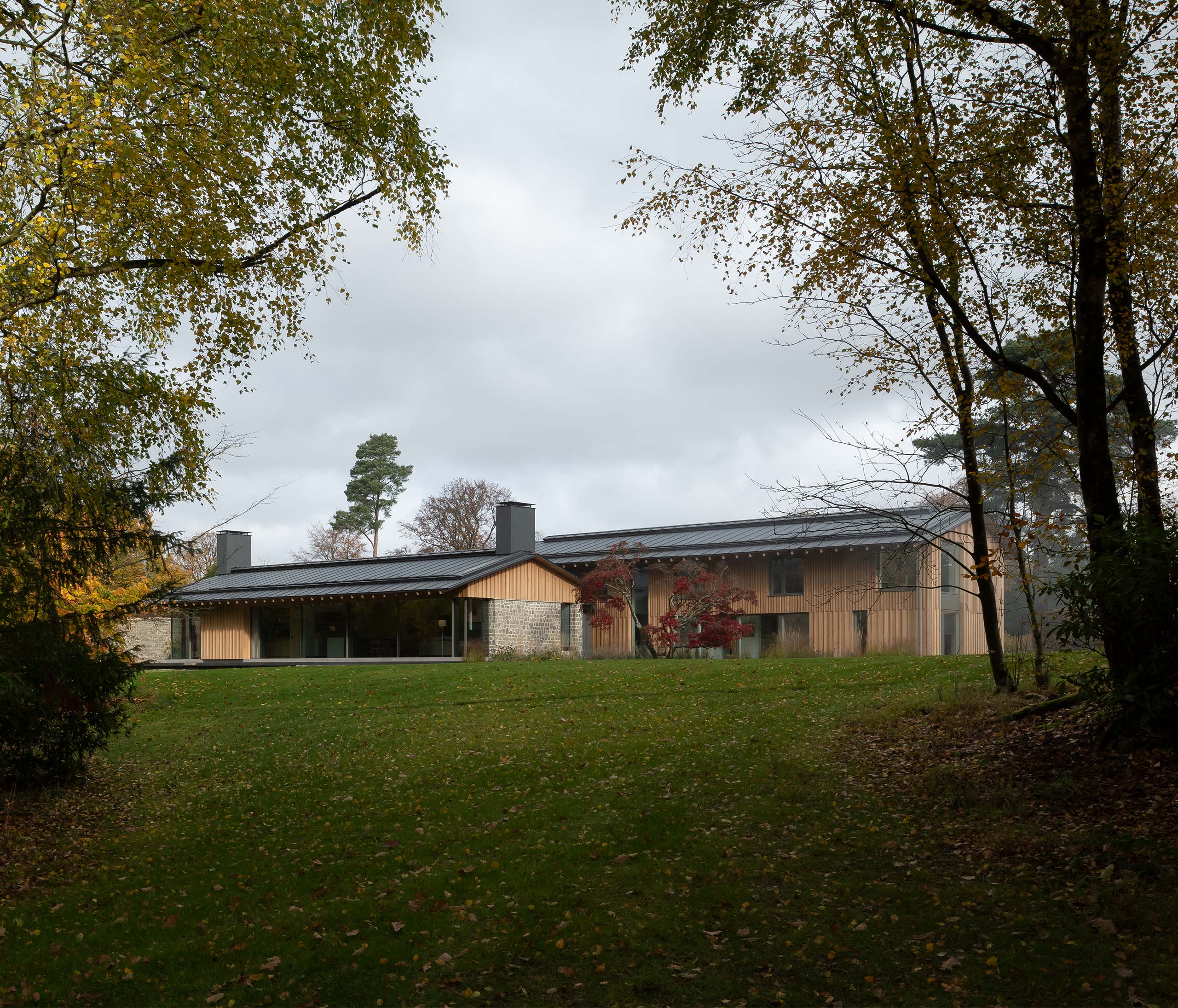
Fiona McLean of McLean Quinlan, who specialises in the sort of bespoke modern properties that could fill a glossy magazine, agrees that clients are ‘very responsive’ when she proposes a green design. ‘Trying to be carbon negative is more expensive, so we have to get them on board, but they’re often as enthusiastic as we are nowadays and a lot of the time people come to us with the requirement to be sustainable; it’s a nice challenge to have,’ she says. ‘Often clients are pretty sensitive and have connections within the design world already. We don’t actually get that many calls from Russian oligarchs.’
One advantage of utilising a more modernist style for her projects in the UK, North America and Switzerland – the other end of the architectural spectrum from Adam – is that ‘photo-voltaic panels work better with flat roofs, where you can’t see them’, while triple-glazing, enveloping insulation, rainwater harvesting and, again, ground- or air-source heat pumps come as standard.
She also points out that the sort of well-heeled people who refuse to chew on anything non-organic are equally keen to utilise natural, and therefore sustainable, materials, with wood featuring heavily. ‘They want to keep chemicals out of the building,’ she adds. ‘We’re often asked to keep as many chemicals out as possible – and use natural clay plaster for the interior, for example – so it’s symbiotic.’
Sarah Wigglesworth MBE, who built her own house – Stock Orchard Street – largely out of straw bales on a scrap of land by the main line out of King’s Cross, agrees that the future of building is green. ‘Straw bales are actually a really good thing to build with – we produce a lot and they aren’t eaten much by horses any more,’ she says. ‘There are two really good starting points if we’re serious about building in a green way: retrofit, because demolishing a building that can be reused or refurbished is a complete waste of all the embodied energy that went into it, and crop-based materials.
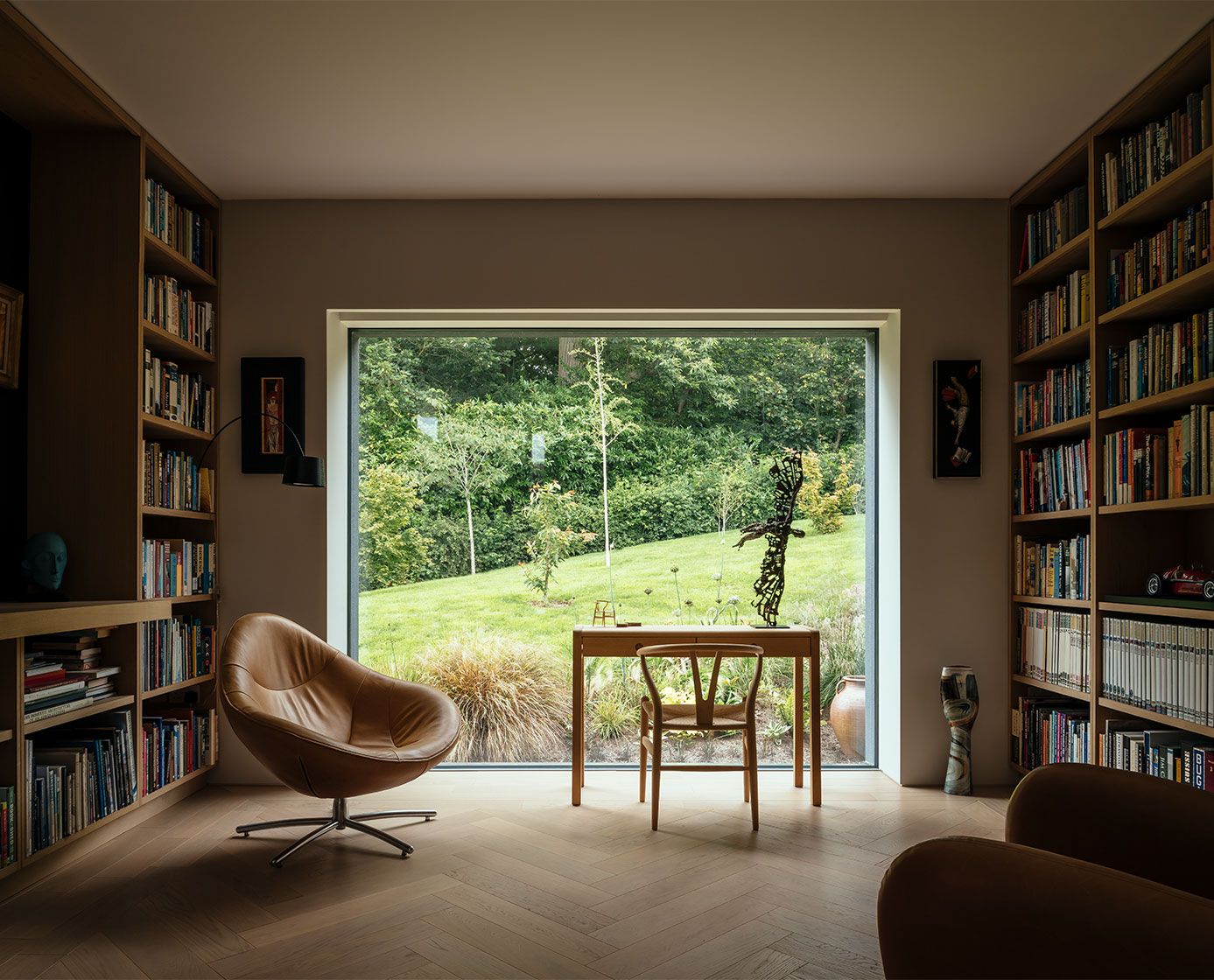
‘I’m quite excited by hemp at the moment as it has excellent insulating qualities and can be recycled, as can timber. People are drawn to natural materials and we can create a rich and sensual and textured environment if we embrace them. We don’t necessarily need things like marble, which produces scarring, for luxury either: luxury to me means masses of space, double-height ceilings, gardens for fresh air and wellbeing and connecting with nature. Quality of life is not just about consumption but beauty and balance. Yes, it’s about a client’s wishes [when you design a home for them], but it’s also about simplicity, new products, new thinking.’
You may say this is all well and good when it comes to the sort of unique properties that can only be afforded by the 1 per cent, but how does it benefit the Barratt Homes-dwelling masses or slash the volume-builders’ carbon emissions? And you may have a point. But new thinking has to come from somewhere.
As Andrew Waugh of Waugh Thistleton, pioneers of large-scale construction in rammed earth and cross-laminated timber, points out, architecture itself ‘has largely developed and grown through the imagination shown on the individual house, from Vitruvius [the Roman writer] through history until now’.
‘You just get much more licence to innovate with a single home,’ he says. ‘It’s from there that a transformative architecture for our age will emerge.’

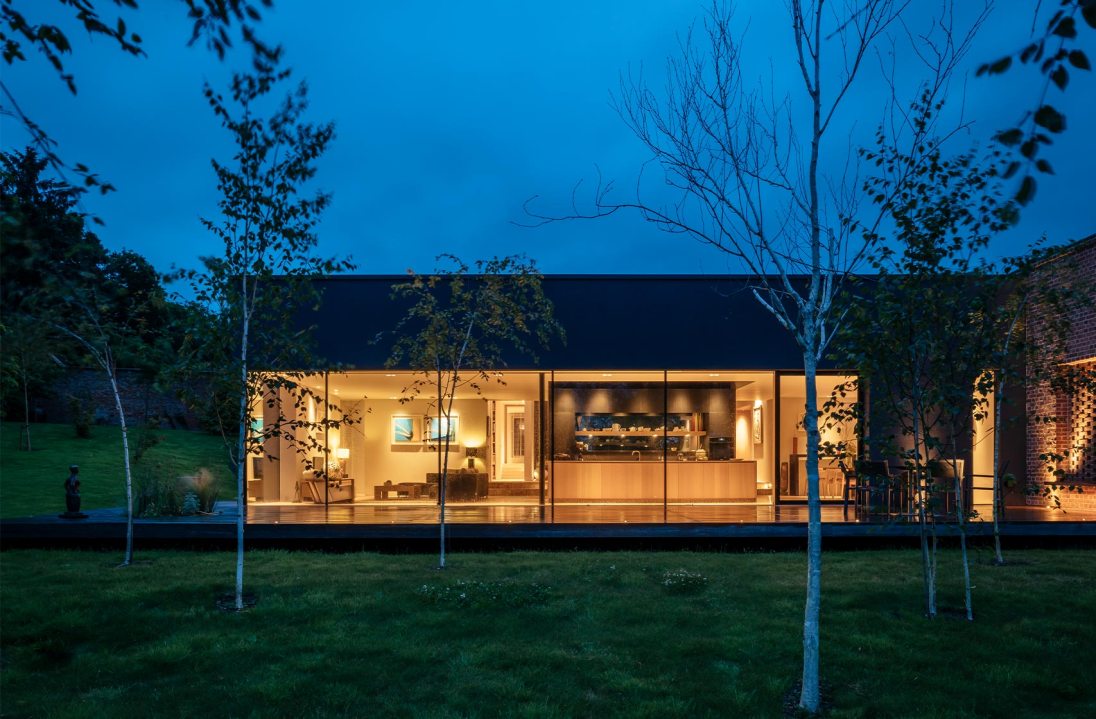
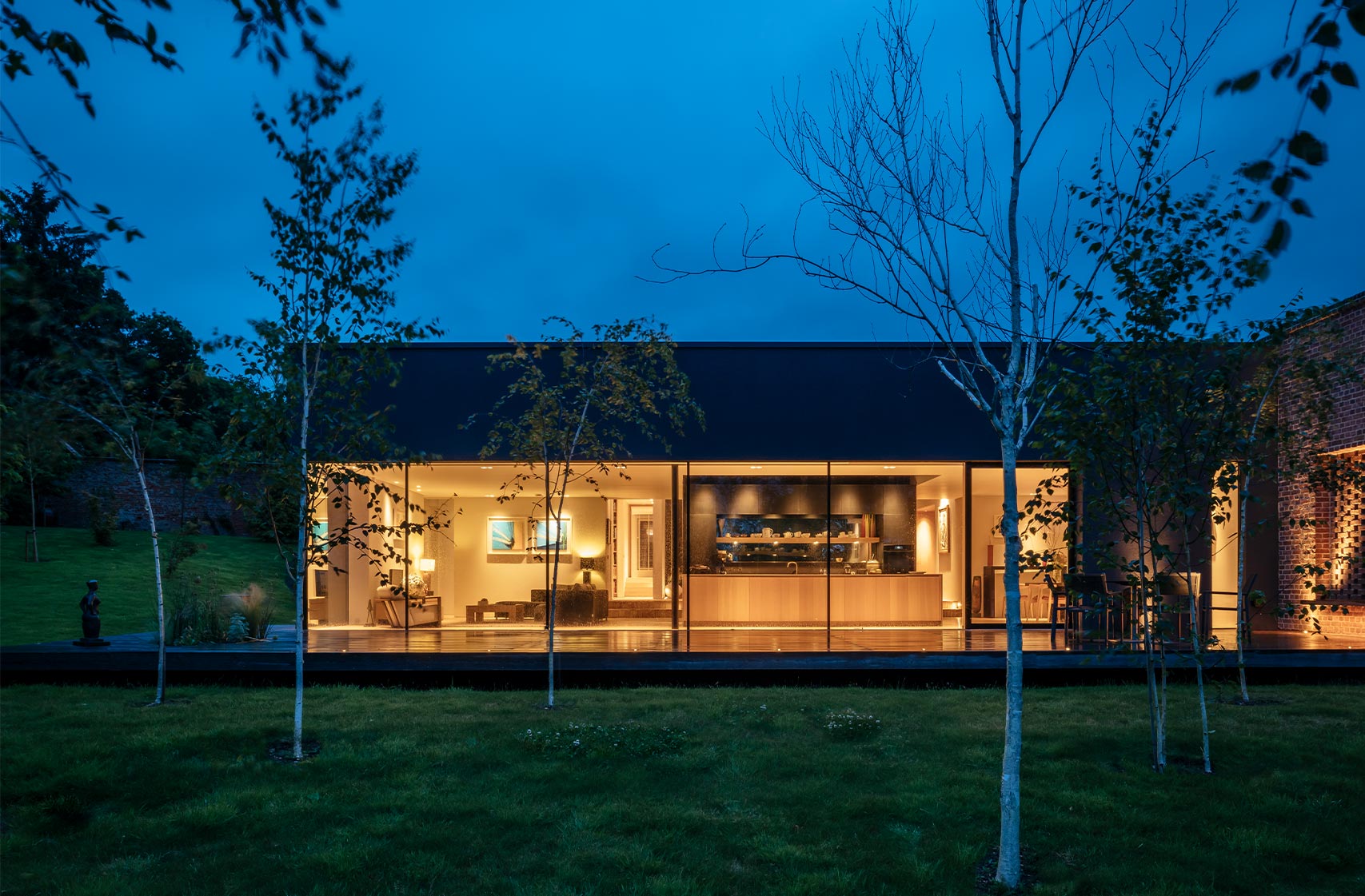




Comments